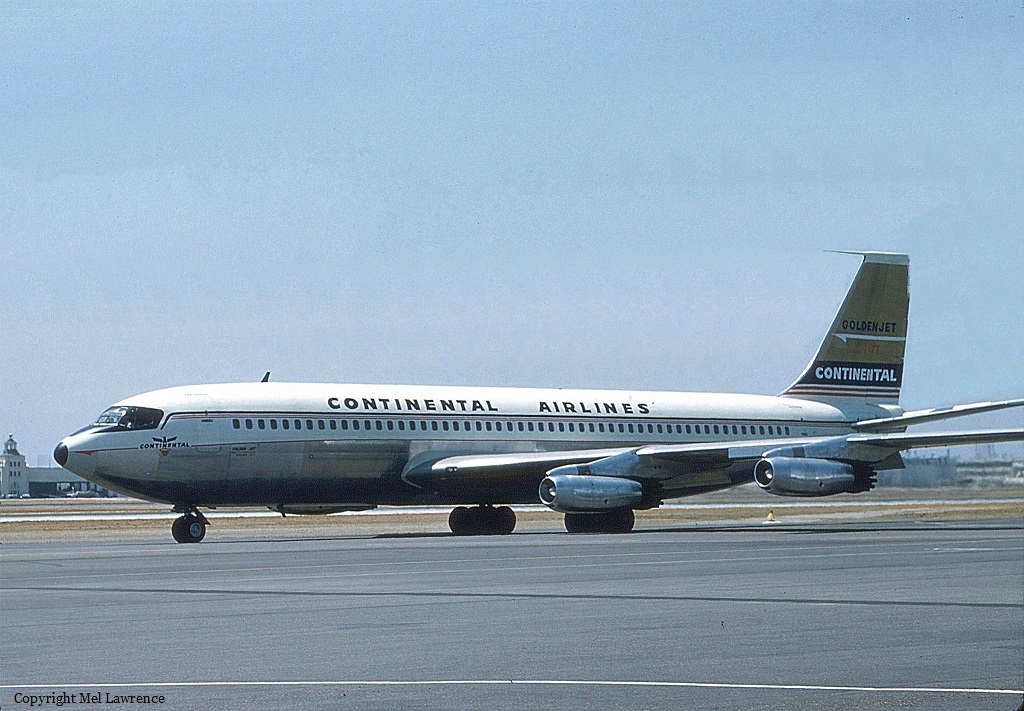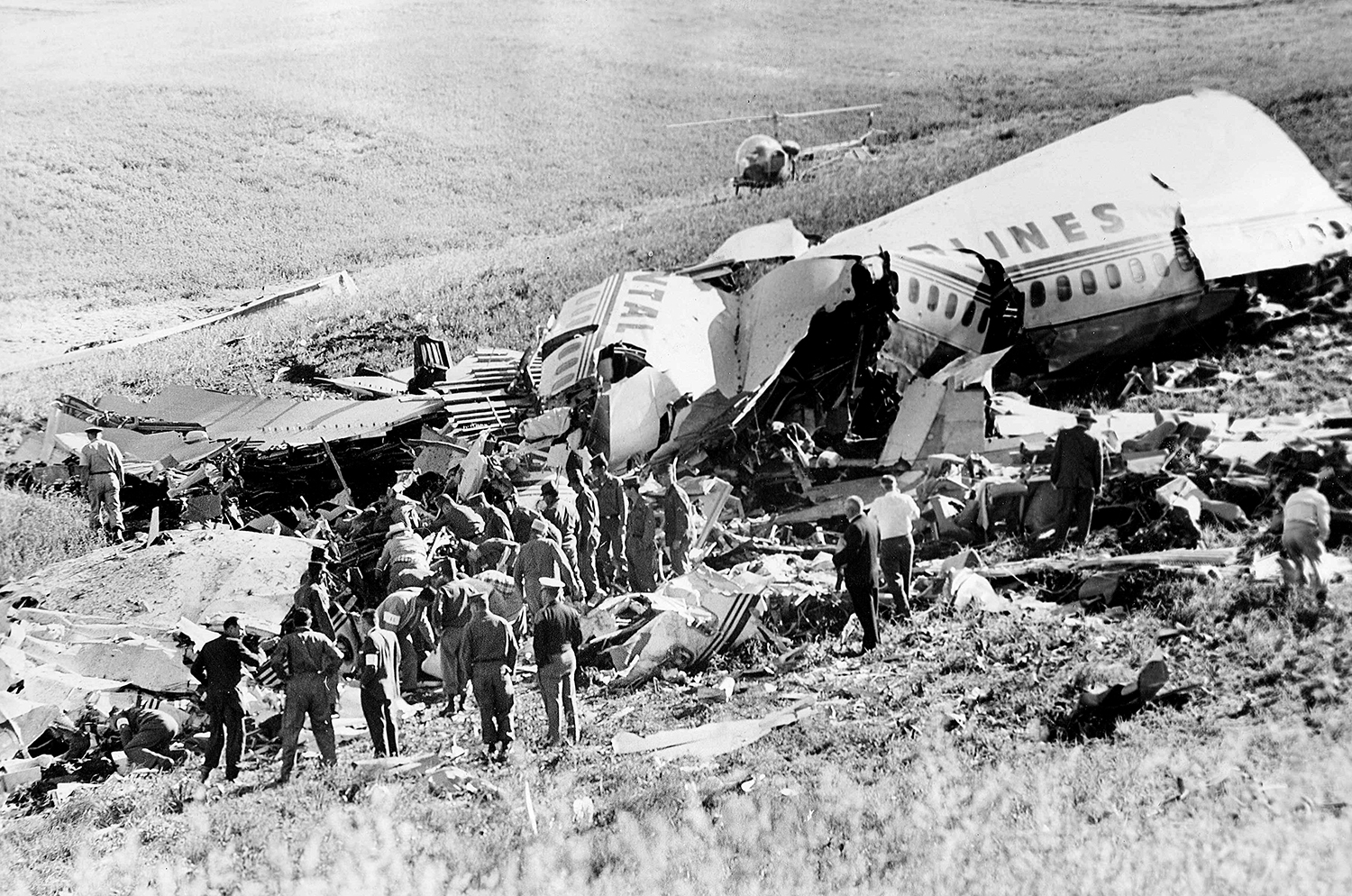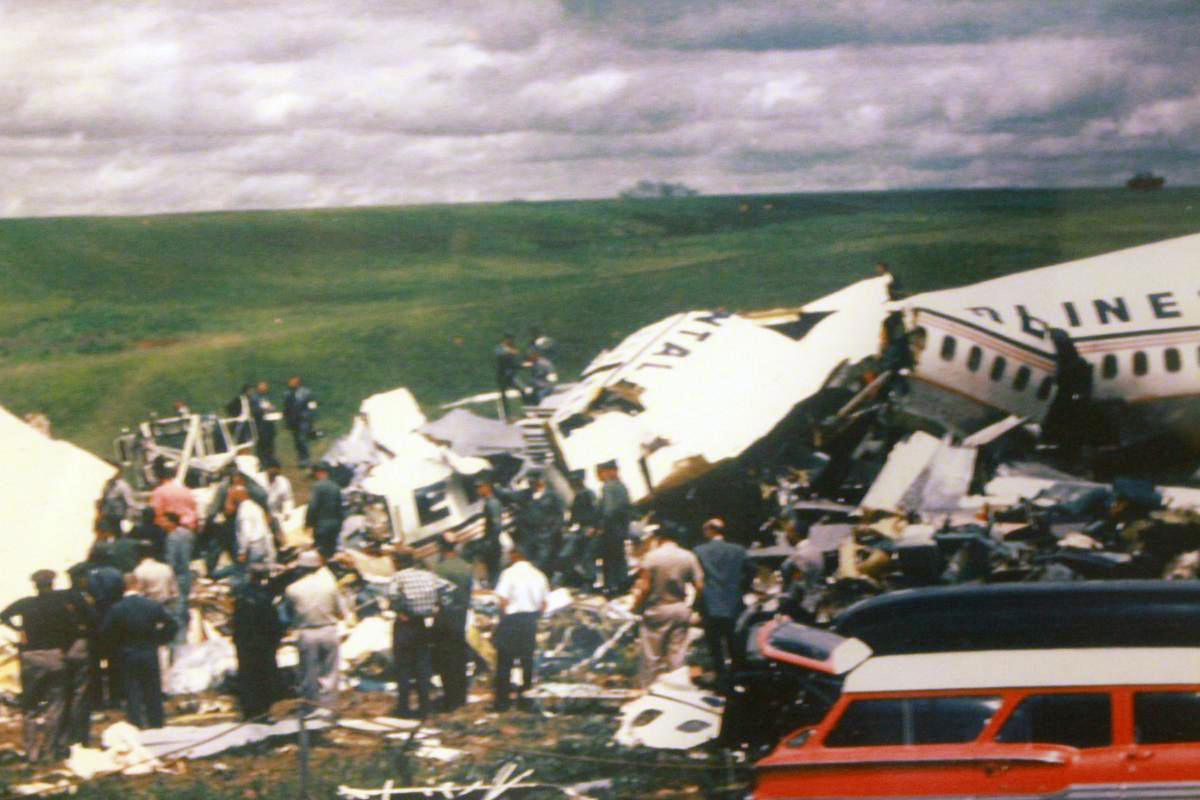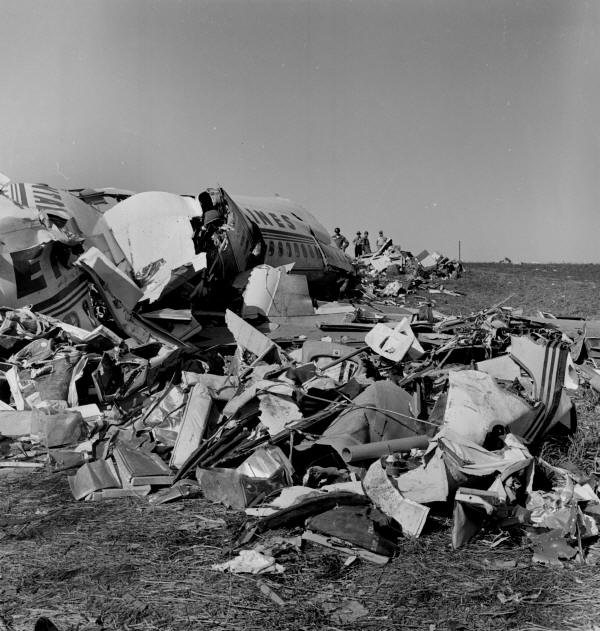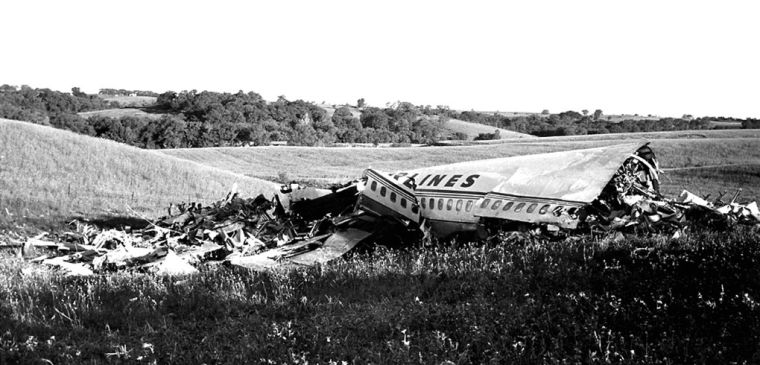Crash of a Beechcraft D18S in Kansas City
Date & Time:
Feb 1, 1969 at 0204 LT
Registration:
N44634
Survivors:
Yes
Schedule:
Kansas City – Little Rock
MSN:
A-41
YOM:
1946
Crew on board:
2
Crew fatalities:
Pax on board:
0
Pax fatalities:
Other fatalities:
Total fatalities:
0
Captain / Total hours on type:
991.00
Circumstances:
After a night takeoff from Kansas City Airport, while on a mail flight, the airplane encountered difficulties to gain height when it stalled and crashed near the runway end. Both pilots were seriously injured and the aircraft was destroyed by a post crash fire.
Probable cause:
Stall during initial climb caused by an inadequate preflight preparation on part of the flying crew. The following contributing factors were reported:
- Airframe ice,
- Icing conditions including sleet, freezing rain,
- Improperly loaded aircraft-weight and CofG,
- Frost on wings,
- Aircraft overt gross takeoff weight.
- Airframe ice,
- Icing conditions including sleet, freezing rain,
- Improperly loaded aircraft-weight and CofG,
- Frost on wings,
- Aircraft overt gross takeoff weight.
Final Report:







